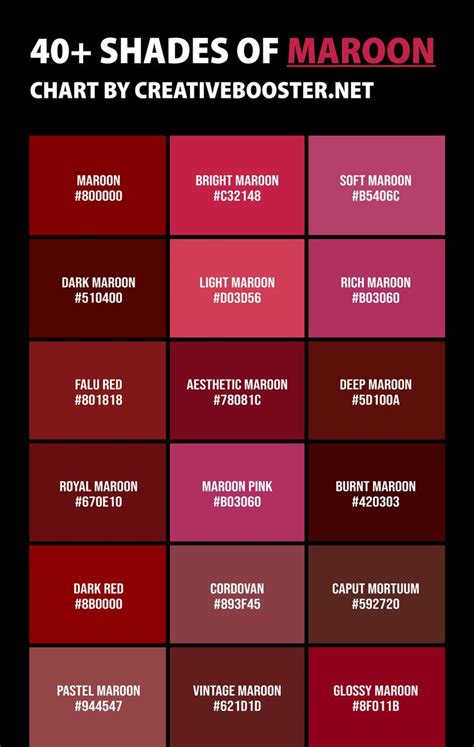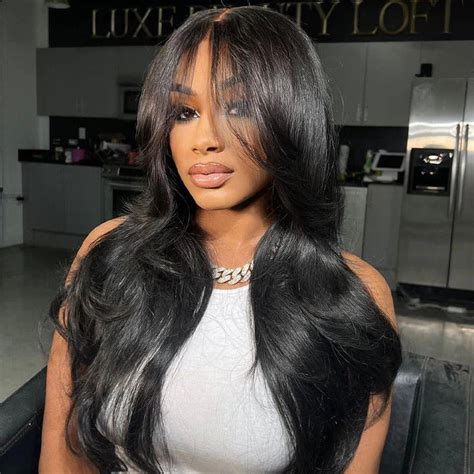From the sleek locks of Cleopatra to the voluminous manes of Marie Antoinette, women have adorned their heads with elaborate hairstyles throughout history. In recent times, one style that has surged in popularity is the curtain bang kinky straight wig.

A curtain bang kinky straight wig is a type of artificial hairpiece that features bangs swept to the sides like miniature curtains, framing the face. The synthetic fibers used to craft these wigs are typically heat-resistant, enabling you to explore diverse styling options without damaging the hair.
3 Types of Curtain Bang Kinky Straight Wigs
1. Lace Front Wigs:
Lace front wigs resemble the natural hairline, creating an illusion of hair growing directly from the scalp. They offer an ultra-realistic appearance and are particularly popular among celebrities and professional performers.
2. U-Part Wigs:
U-part wigs have a U-shaped opening in the center, allowing you to blend your own natural hair with the wig for a seamless transition. This is an ideal option for those who want to experiment with different hairstyles while minimizing damage to their biological hair.
3. Full Cap Wigs:
Full cap wigs completely cover the head, resembling a traditional cap. They provide maximum coverage and are often used by individuals experiencing hair loss or those simply seeking a dramatic transformation.
1. Versatility:**
Curtain bangs suit almost any face shape, effortlessly enhancing facial features and elongating the appearance of the forehead. The kinky straight texture adds volume and movement, making it a versatile choice for both casual and formal occasions.
2. Damage-Free Styling:**
Heat-resistant synthetic fibers allow you to style your wig with confidence, using heat tools such as blow dryers, flat irons, and curling wands, without causing permanent damage to the hair.
3. Time-Saving:**
Curtain bang wigs eliminate the need for daily styling, reducing the time you spend on haircare. Simply brush or finger-comb the wig to maintain its shape and prevent tangles.
4. Low Maintenance:**
Unlike human hair wigs, synthetic wigs require minimal maintenance. Regularly washing the wig with mild shampoo and conditioner is sufficient to keep it looking fresh and vibrant.
1. Choosing the Wrong Density:**
Wig density refers to the amount of hair on the wig. Choosing a density that is too high or too low can result in an unnatural appearance. For beginners, a density of 130-150% is recommended.
2. Improper Wig Washing:**
Harsh detergents and hot water can damage your wig. Always use cold water and a mild shampoo specifically designed for synthetic hair.
3. Excessive Heat Styling:**
While synthetic wigs can withstand heat styling, excessive use can weaken and damage the fibers over time. Limit heat styling to special occasions and use the lowest possible heat setting.
4. Not Brushing Regularly:**
Regular brushing removes tangles and prevents the wig from becoming matted. Use a wide-toothed comb or a paddle brush specifically designed for synthetic hair to avoid snagging and damaging the fibers.
1. How do I choose the right wig color?**
Consider your skin tone, eye color, and personal style. Darker skin tones typically suit warm colors like honey blonde or chestnut brown, while lighter skin tones complement cooler colors like platinum blonde or ash brown.
2. What length and style looks best on me?**
Face shape plays a significant role in determining the ideal wig length and style. Oval faces can experiment with any length, while round faces are flattered by longer wigs with side-swept bangs. Square faces benefit from layers and a soft fringe, and heart-shaped faces look best with shoulder-length wigs with volume at the ends.
3. How do I secure the wig?**
Wig caps and wig glue are effective methods for securing a wig. Wig caps help create a smooth surface for the wig to adhere to, while wig glue provides a secure hold that can last for multiple days.
4. How often should I wash the wig?**
Wash the wig every 10-12 wears, or more frequently if you use styling products. Regular washing removes product buildup, dirt, and natural oils, keeping the wig looking fresh and vibrant.
5. How do I protect the wig from heat damage?**
Always use heat protectant spray before styling your wig with heat tools. Heat protectant spray creates a barrier between the hair and the heat, minimizing the risk of damage.
6. What products can I use on synthetic wigs?**
Synthetic wigs require specialized products designed specifically for synthetic hair. Using regular hair products can damage the fibers and shorten the lifespan of the wig.
7. How long does a curtain bang kinky straight wig last?**
With proper care, a curtain bang kinky straight wig can last for several months to a year. Regular washing, minimal heat styling, and proper storage are key to extending the lifespan of your wig.
Table 1: Benefits of Curtain Bang Kinky Straight Wigs
| Benefit | Description |
|---|---|
| Versatility | Suits any face shape, enhances features, elongates forehead |
| Damage-free Styling | Heat-resistant fibers allow for safe styling |
| Time-Saving | Eliminates the need for daily styling |
| Low Maintenance | Minimal washing and maintenance required |
Table 2: Types of Curtain Bang Kinky Straight Wigs
| Type | Description |
|---|---|
| Lace Front Wig | Ultra-realistic appearance, creates illusion of natural hairline |
| U-Part Wig | Blends with natural hair for seamless transition |
| Full Cap Wig | Complete head coverage, maximum volume |
Table 3: Wig Care Tips
| Tip | Action |
|---|---|
| Washing | Use cold water and mild shampoo specifically for synthetic hair |
| Drying | Air-dry or use a blow dryer on a low setting |
| Styling | Use heat protectant spray before using heat tools |
| Storage | When not in use, store the wig in a breathable hairnet or wig stand |
Table 4: Common Mistakes to Avoid
| Mistake | Explanation |
|---|---|
| Wrong Density | Choosing a density too high or low can result in an unnatural appearance |
| Improper Washing | Using harsh detergents or hot water can damage the wig |
| Excessive Heat Styling | Overuse of heat tools can weaken and damage the fibers |
| Not Brushing Regularly | Insufficient brushing leads to tangles and matting |
